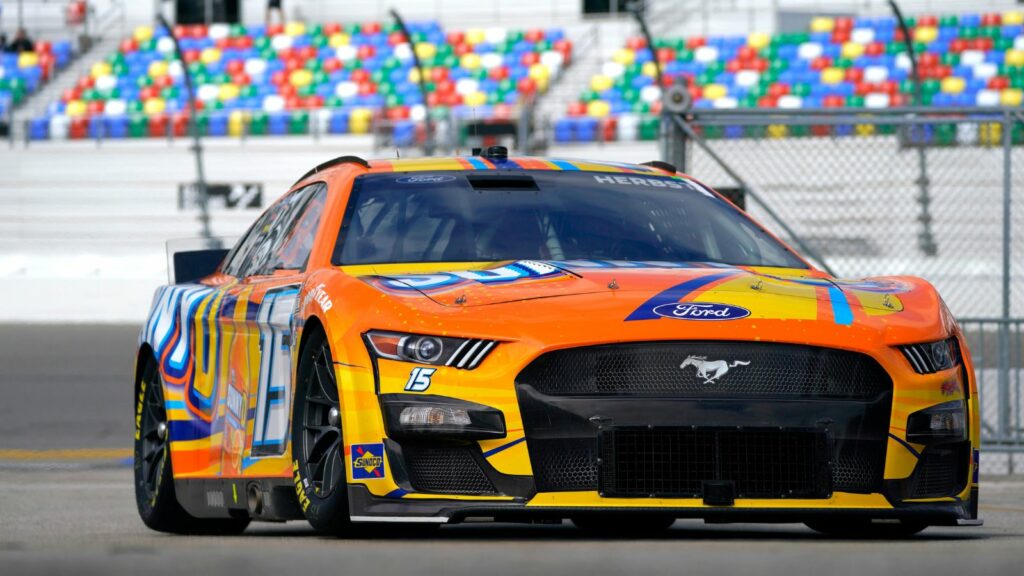In the high-octane world of motorsport, where milliseconds separate victory and defeat, some race cars have managed to claw their way back from the brink of obscurity or failure to become legends. These stories aren’t just about engineering marvels but also about the indomitable spirit of teams and drivers who refused to give up. Here are 8 such cars.
Porsche 917
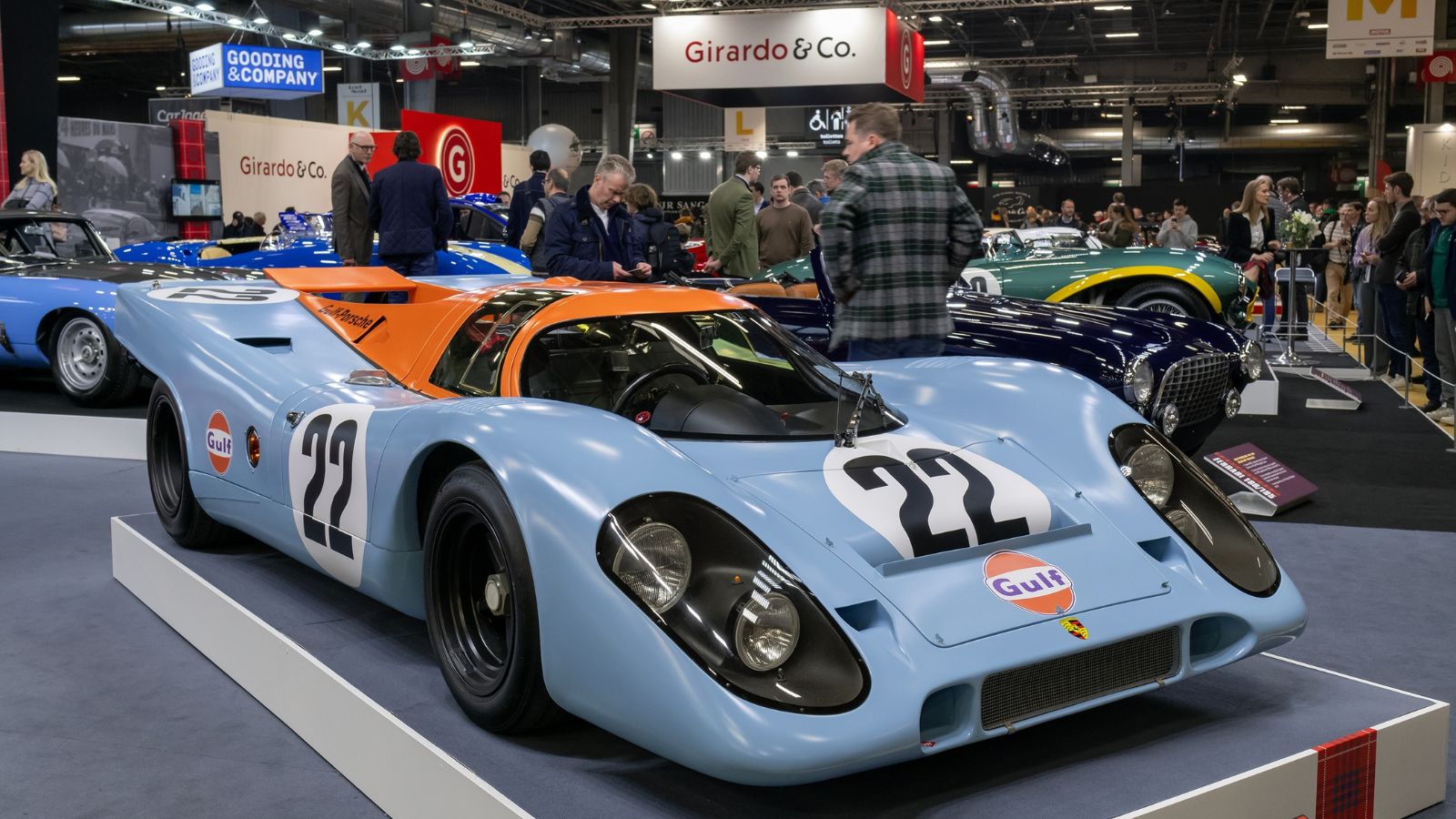
The Porsche 917 initially struggled with severe reliability issues and was dubbed a “widowmaker.” Introduced in 1969, the car had a nasty habit of trying to fly rather than drive due to its unstable aerodynamics. Drivers were wary of it, and its performance was erratic at best. However, by 1970, Porsche engineers had worked out the kinks, turning the 917 into a formidable competitor. The car dominated the 24 Hours of Le Mans, securing Porsche’s first overall victory and setting the stage for the brand’s future success in endurance racing. The 917’s transformation from a dangerous dud to a legendary winner is a testament to engineering perseverance and ingenuity.
Ford GT40
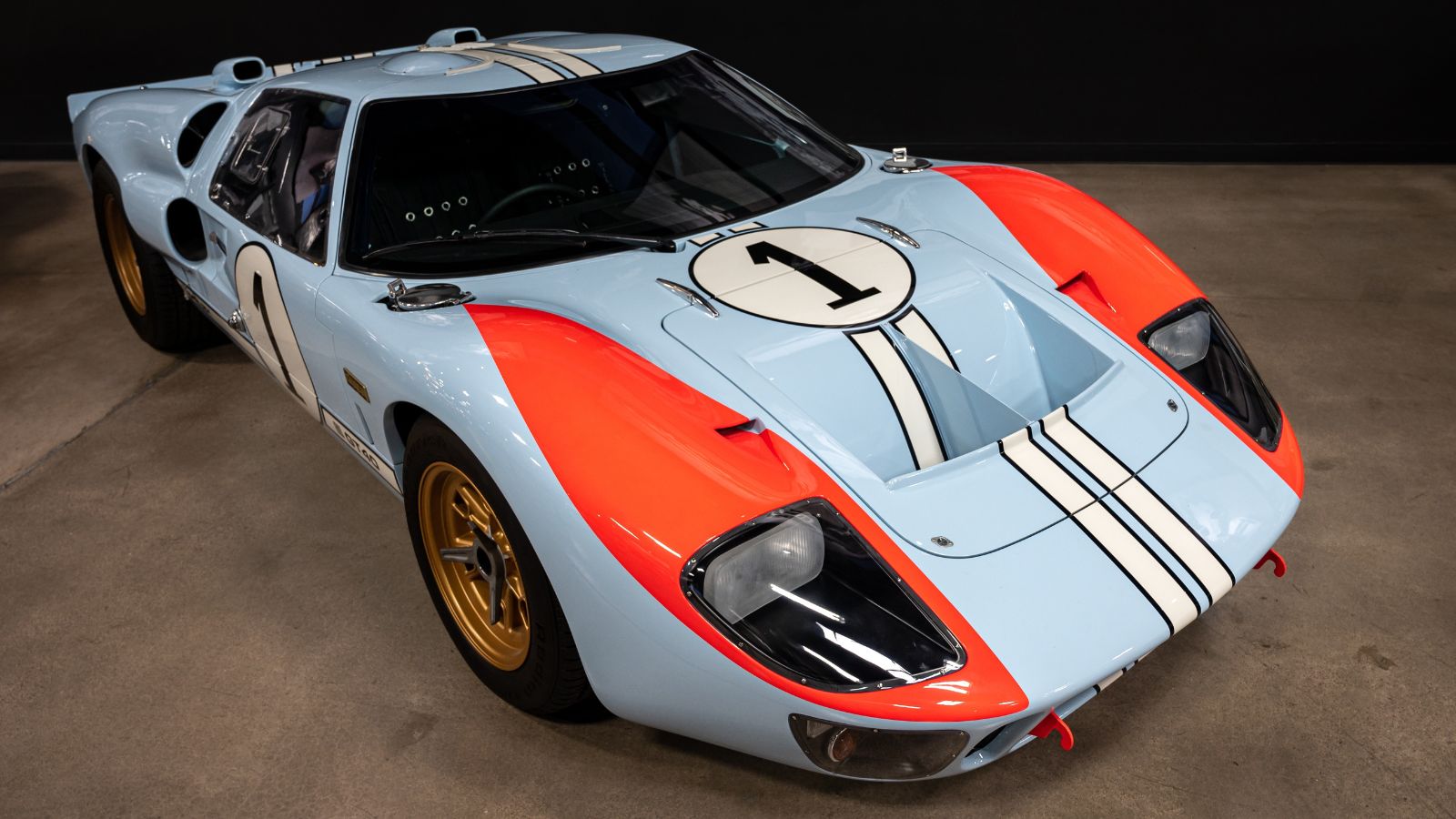
The Ford GT40’s journey began with a grudge. After a failed attempt to buy a Ferrari, Henry Ford II decided to beat them at their own game. However, the initial versions of the GT40, launched in 1964, were plagued with reliability issues, leading to disappointing performances. The turning point came in 1966 when Ford’s relentless development and testing paid off. The GT40 Mk II dominated the 24 Hours of Le Mans, taking the top three spots and ending Ferrari’s reign. The GT40 continued to win Le Mans for the next three years, firmly establishing its place in motorsport history and showcasing American grit and determination.
McLaren MP4/4
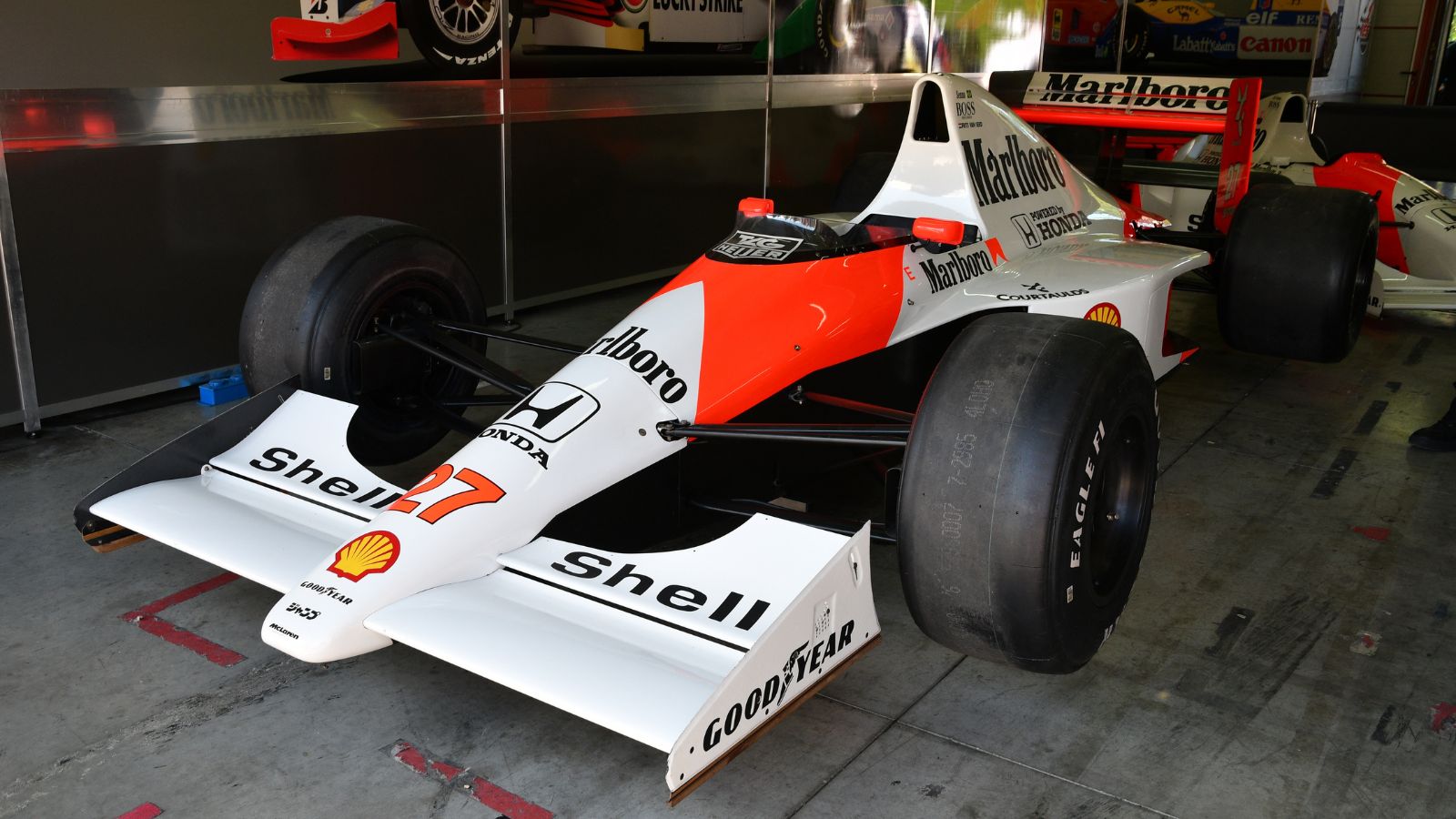
In 1988, the McLaren MP4/4, designed by Gordon Murray and Steve Nichols, was introduced to a field that expected it to be competitive but not revolutionary. The previous seasons had seen McLaren struggling to maintain its dominance. However, with the powerhouse driver duo of Ayrton Senna and Alain Prost, the MP4/4 turned the 1988 season into a McLaren showcase. Winning 15 out of 16 races, the car’s near-perfect season was a testament to its superior design and the extraordinary skills of its drivers. This dramatic turnaround helped McLaren reestablish itself as a dominant force in Formula 1.
Ferrari F2004

Ferrari’s F2004 was a machine that embodied the phrase “perfection on wheels.” However, it’s worth remembering that Ferrari’s journey to this masterpiece was fraught with challenges. The early 2000s saw Ferrari struggling to compete against McLaren and Williams. But in 2004, the F2004, driven by Michael Schumacher and Rubens Barrichello, obliterated the competition. With Schumacher winning 13 out of 18 races, the F2004 set numerous standing records. The car’s performance was so dominant that it turned what could have been a competitive season into a Ferrari parade, showcasing a dramatic shift from their previous struggles.
Audi R18 e-tron quattro
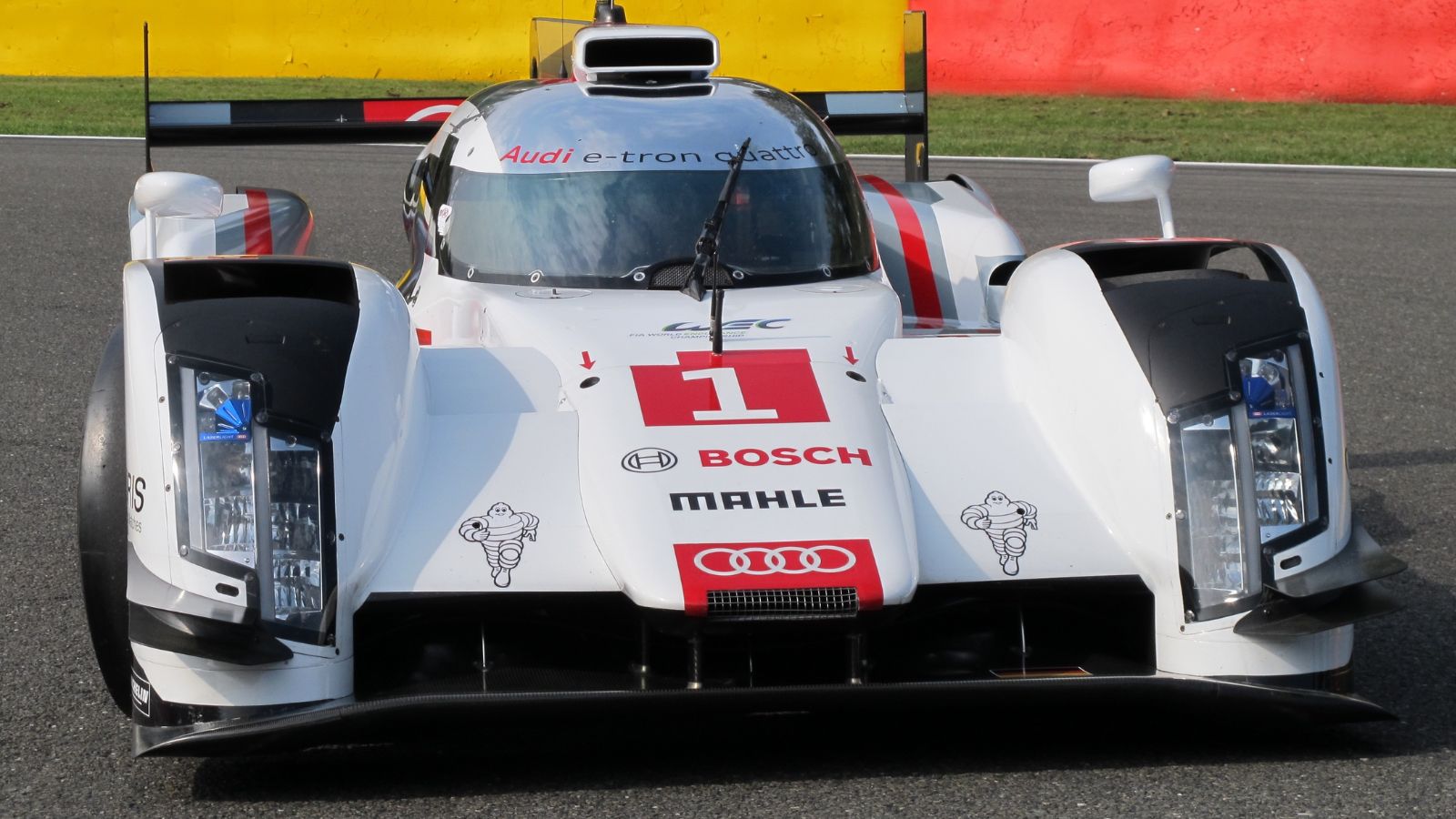
When Audi introduced the R18 e-tron quattro in 2012, it was a bold move. Hybrid technology was still in its relative infancy in motorsport, and there were many skeptics. Initially, the R18 faced challenges with integrating its hybrid systems effectively. However, Audi’s commitment to innovation paid off. The R18 e-tron quattro became the first hybrid vehicle to win the 24 Hours of Le Mans, marking a significant milestone in racing history. The car’s success heralded a new era of hybrid endurance racing and solidified Audi’s reputation for cutting-edge technology and resilience.
Peugeot 905
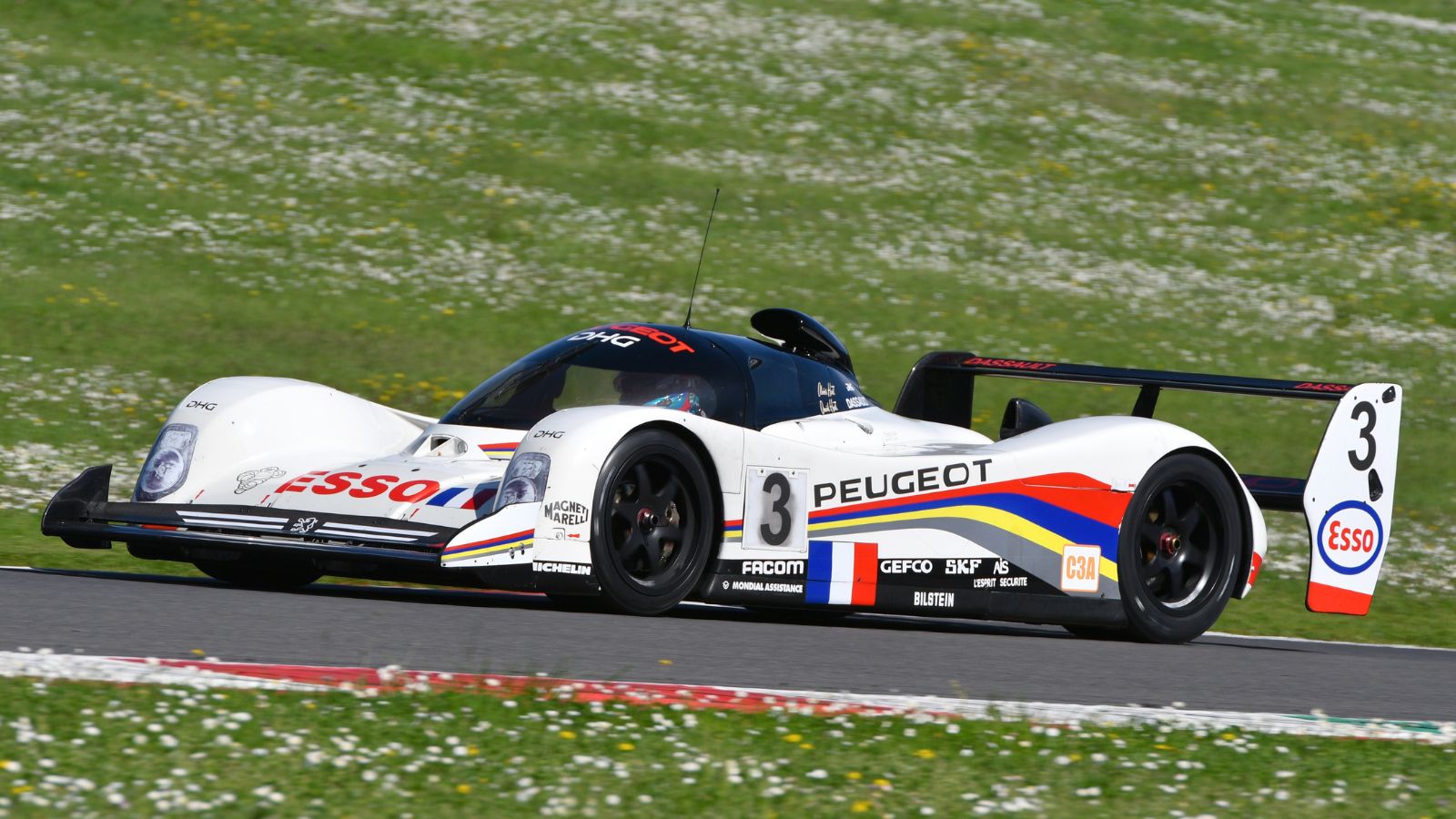
In the early 1990s, Peugeot decided to enter the World Sportscar Championship with the 905. The initial outings in 1990 were less than impressive, with numerous mechanical failures and lackluster performances. Many wondered if Peugeot’s ability to compete at the highest level. But by 1992, after extensive development, the 905 emerged as a powerhouse. It won the 24 Hours of Le Mans in 1992 and 1993, showcasing a dramatic improvement. The Peugeot 905’s journey from an unreliable newcomer to a dominant force was a classic underdog story fueled by relentless innovation and French tenacity.
Nissan GT-R LM Nismo
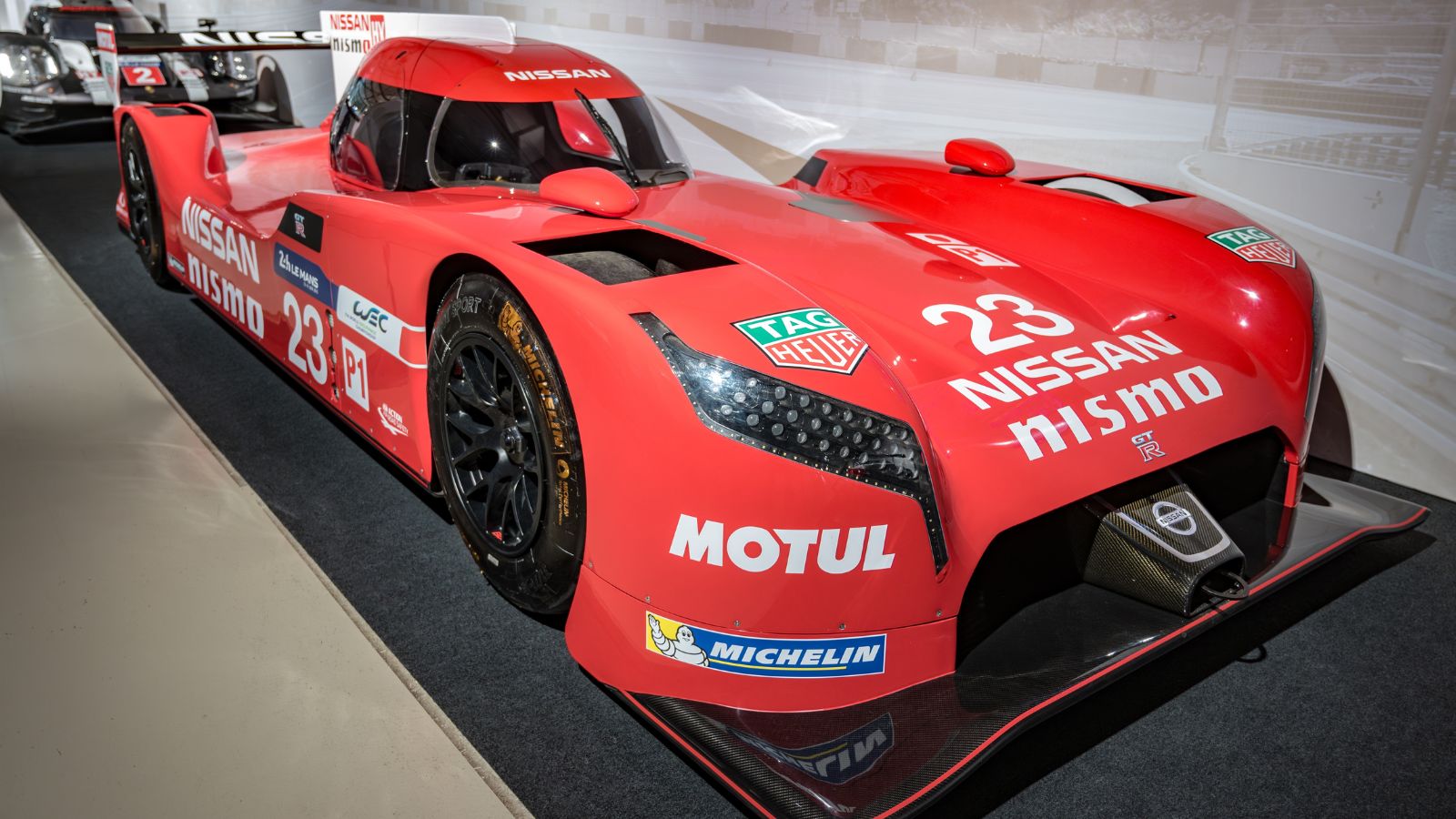
The Nissan GT-R LM Nismo radically departed from conventional race car design. Introduced in 2015, its front-engine, front-wheel-drive layout was unconventional for Le Mans prototypes. The car’s initial performances were dismal, plagued by mechanical issues and poor handling. However, Nissan’s determination led to significant improvements. While the GT-R LM Nismo never clinched a major victory, its persistence and the team’s unwavering commitment to innovation symbolized resilience. The GT-R LM Nismo’s story is a reminder that even in failure, there can be nobility and progress.
Lotus 79

The Lotus 79, introduced in 1978, revolutionized Formula 1 with its ground-effect aerodynamics. However, while innovative, its predecessor, the Lotus 78, was not without its teething problems, including reliability issues and inconsistent performance. The development of the Lotus 79 was a gamble on untested technology. But when it hit the track, it proved to be a game-changer. With Mario Andretti and Ronnie Peterson behind the wheel, the Lotus 79 dominated the 1978 season, securing the Constructors’ Championship and the Drivers’ Championship for Andretti. The Lotus 79’s dramatic turnaround from a risky experiment to a dominant force highlighted the importance of innovation in motorsport.
11 Cars that are Known for Breaking Down Regularly

No car company wants to deliver a dud. However, even though companies try their best to deliver excellent cars, some cars turn out to be lemons, breaking down frequently. This creates problems for both the consumer and the manufacturer.
11 Cars that are Known for Breaking Down Regularly
